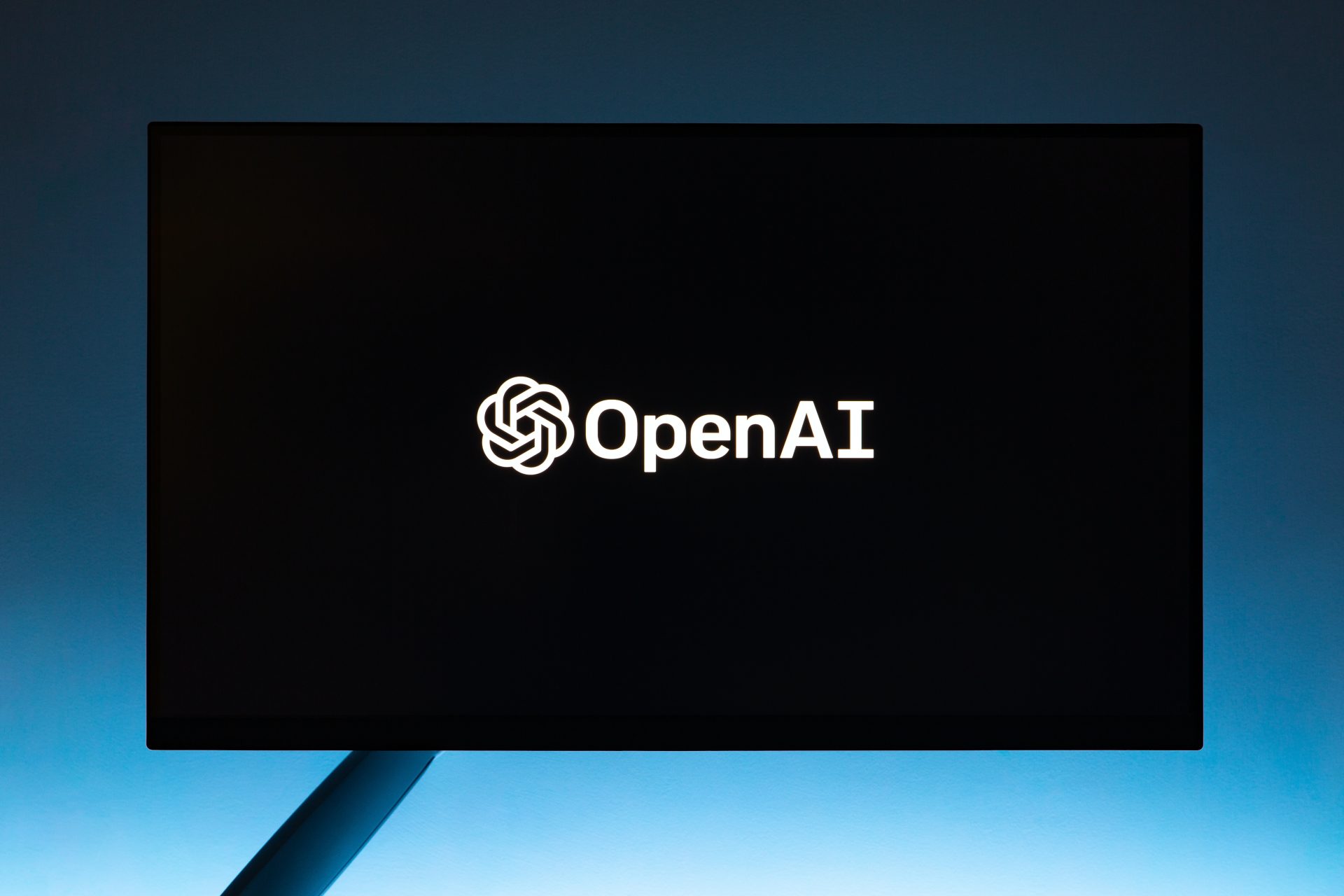OpenAI, a pioneer in the field of artificial intelligence (AI), has released DALL-E 3, a new version of its text-to-image tool. This cutting-edge application makes use of ChatGPT, OpenAI’s popular AI chatbot, to streamline the task of generating prompted images. DALL-E 3 is a major step forward in the field of AI-powered image generation, with enhanced safety features, lower algorithmic bias, and higher-quality images. OpenAI has also implemented a system whereby artists can choose not to have their work used to train new iterations of OpenAI’s text-to-image models. In this piece, we’ll take a look at DALL-E 3’s impressive new features and capabilities, as well as discuss the impact that it could have on the AI and arts communities.
DALL-E’s Development Over Time
DALL-E 3: The Next Generation
DALL-E, OpenAI’s first text-to-image tool, was a game-changer for computer-generated art. Users could type in instructions and have stunning visuals generated automatically. The difficulty of writing an effective prompt, however, has led to the development of a new field: “prompt engineering.” To solve this problem, OpenAI has released DALL-E 3, which uses OpenAI’s AI-powered chatbot ChatGPT to improve prompts and image generation. Subscribers to OpenAI’s premium ChatGPT plans can now use the chatbot and view image results without leaving the messaging app.
Better Image Resolution and Performance
The image quality and precision of DALL-E 3 is a huge improvement over previous versions. OpenAI asserts that the improved model produces more accurate and high-quality results in response to user input. This enhancement is most apparent when dealing with longer prompts and difficult content, such as text and human hands. DALL-E 3 overcomes these restrictions, allowing creators more room to develop and realize their ideas.
Improving Safety and Limiting Bias in Algorithms
Algorithmic bias is a major issue that needs to be addressed in AI image generation. OpenAI has made adjustments to DALL-E 3 to reduce bias and boost general safety. For instance, the app will no longer comply with requests for portraits or artworks done in the style of living artists. By taking this precaution, artists whose work was inadvertently used to train previous generative AI image models can rest assured that their copyrights and rights will be protected. OpenAI’s dedication to responsible AI development is evidenced by the company’s willingness to address these ethical and legal concerns.
Opt-out for Creators
OpenAI has implemented an opt-out feature for artists in response to the ongoing legal issues surrounding the use of artists’ copyrighted work to train AI models. Artists have the option of having only selected works or their entire body of work used to train new versions of OpenAI’s text-to-image models. OpenAI wants to foster a cooperative and mutually beneficial relationship with the artistic community, so it is offering this option in recognition of the significance of artists’ rights.
The Competition
The release of DALL-E 3 coincides with a period of heightened competition in the field of generative AI, particularly in the area of image synthesis. OpenAI faces pressure from rivals like Midjourney and Stability AI, which are constantly improving their image-generating models. OpenAI is dedicated to constant R&D to ensure that its tools are always state-of-the-art and able to adapt to the changing needs of its users, keeping it at the forefront of its industry.
The Launch and Future Goals
In October, premium ChatGPT users will be able to upgrade to DALL-E 3, giving them access to the new features and improved image generation capabilities. OpenAI intends to make DALL-E 3 accessible to research labs and its API customers after this initial release. Although no information regarding the release of a free web tool has been provided, OpenAI’s previous releases suggest that it is considering providing wider access to DALL-E 3.
See first source: TechCrunch
FAQ
1. What is DALL-E 3, and how does it differ from the previous versions of DALL-E?
DALL-E 3 is the latest version of OpenAI’s text-to-image tool. It utilizes OpenAI’s chatbot, ChatGPT, to enhance prompt engineering and image generation. It offers better image resolution and performance, improved safety features, and a reduced algorithmic bias compared to earlier versions of DALL-E.
2. What improvements can users expect in terms of image quality and precision with DALL-E 3?
DALL-E 3 offers significantly improved image quality and precision, especially when dealing with longer prompts and complex content. It can generate more accurate and high-quality images in response to user input, allowing creators more flexibility in realizing their ideas.
3. How is OpenAI addressing safety and algorithmic bias in DALL-E 3?
OpenAI has taken steps to reduce algorithmic bias and improve safety in DALL-E 3. For instance, the tool will no longer fulfill requests for portraits or artworks in the style of living artists to protect copyright and rights. OpenAI is committed to responsible AI development and ethical considerations.
4. What is the opt-out feature for creators, and why is it important?
The opt-out feature allows artists to choose whether their work is used to train new versions of OpenAI’s text-to-image models. This feature acknowledges artists’ rights and copyrights, providing them with control over how their work is utilized in AI model training.
5. How does DALL-E 3 compete with other generative AI models in the market?
DALL-E 3 faces competition from other generative AI models, such as Midjourney and Stability AI, in the field of image synthesis. OpenAI is committed to research and development to ensure its tools remain state-of-the-art and competitive in the ever-evolving AI landscape.
6. When will DALL-E 3 be available, and how can users access it?
Premium ChatGPT users can upgrade to DALL-E 3 in October, gaining access to its new features and improved image generation capabilities. OpenAI plans to make DALL-E 3 available to research labs and API customers after the initial release. While there’s no information about a free web tool release, OpenAI is considering wider access based on its previous release patterns.
Featured Image Credit: Andrew Neel; Unsplash – Thank you!










